A Fine Maori Nephrite ‘Hei Tiki” Breast Pendant
A Fine Maori Nephrite ‘Hei Tiki” Breast Pendant
Nephrite, Sealing Wax
New Zealand
Early 19th Century
SIZE: 10cm high, 4.5cm wide - 4 ins high, 1¾ ins wide
Nephrite, Sealing Wax
New Zealand
Early 19th Century
SIZE: 10cm high, 4.5cm wide - 4 ins high, 1¾ ins wide
A Fine Maori Nephrite ‘Hei Tiki” Breast Pendant
Nephrite, Sealing Wax
New Zealand
Early 19th Century
SIZE: 10cm high, 4.5cm wide - 4 ins high, 1¾ ins wide
Nephrite, Sealing Wax
New Zealand
Early 19th Century
SIZE: 10cm high, 4.5cm wide - 4 ins high, 1¾ ins wide
Hand written note: ‘Hei - Tiki’
‘The Hei-Tiki is a curious and distorted representation of the human figure in attitude of his listen-ing - the head leaning on the shoulder.
This green jade neck ornament amulet is used by the ‘Maories’ of New Zealand.
It is carved in Jade - the sacred stone of the natives.
Worn for a neck ornament for good luck & to protect from witch-craft evil spirits. These charms are regard-ed as valuable heir looms, & are carefully handed down from Father to Son, as the talisman was believed to possess all the good qualities & virtues of their forefathers.
Brought home by Capt: Louie Dawson to Knockhall, Greenhithe, Kent.’
In 1770 Captain Cook noted : ‘the men wear a piece of green talc or whalebone, with the resemblance of a man carved on it, hanging to a string round the neck’.
Symbolic of the Maori, Hei-Tiki were first seen and desired by the early explorers and have continued in popularity to the present day. In ancient times both men and women wore Hei-Tiki, but today they are only worn by Maori women.
Nephrite, a form of jade, was the most valuable material known to the Maori providing a direct tangible contact with the ancestors, the source of life, knowledge and ‘Mana’. By wearing treasured jade ornaments once owned by illustrious warrior ancestors the living Maori could share in the strength and power of those ancestors. At important funeral ceremonies greenstone heirlooms were displayed around the deceased to demonstrate status and to reinforce the continuous link between the living and their ancestors. When the body of a relative could not be recovered for mourning ceremonies their personal hei-tiki could serve as a focus and substitute for the displays of grief and affection towards the departed.
‘The Hei-Tiki is a curious and distorted representation of the human figure in attitude of his listen-ing - the head leaning on the shoulder.
This green jade neck ornament amulet is used by the ‘Maories’ of New Zealand.
It is carved in Jade - the sacred stone of the natives.
Worn for a neck ornament for good luck & to protect from witch-craft evil spirits. These charms are regard-ed as valuable heir looms, & are carefully handed down from Father to Son, as the talisman was believed to possess all the good qualities & virtues of their forefathers.
Brought home by Capt: Louie Dawson to Knockhall, Greenhithe, Kent.’
In 1770 Captain Cook noted : ‘the men wear a piece of green talc or whalebone, with the resemblance of a man carved on it, hanging to a string round the neck’.
Symbolic of the Maori, Hei-Tiki were first seen and desired by the early explorers and have continued in popularity to the present day. In ancient times both men and women wore Hei-Tiki, but today they are only worn by Maori women.
Nephrite, a form of jade, was the most valuable material known to the Maori providing a direct tangible contact with the ancestors, the source of life, knowledge and ‘Mana’. By wearing treasured jade ornaments once owned by illustrious warrior ancestors the living Maori could share in the strength and power of those ancestors. At important funeral ceremonies greenstone heirlooms were displayed around the deceased to demonstrate status and to reinforce the continuous link between the living and their ancestors. When the body of a relative could not be recovered for mourning ceremonies their personal hei-tiki could serve as a focus and substitute for the displays of grief and affection towards the departed.
Captain Louie Dawson, Knockhall, Greenhithe, Kent
Philips Auction, Tribal Art, London, 6th December 1994, lot 204
Ex Private London collection
Ex Private collection
cf: for further examples see: Finch and Co no. 48, catalogue 9, 2006, no. 1 and no. 27, catalogue 20, 2013
Philips Auction, Tribal Art, London, 6th December 1994, lot 204
Ex Private London collection
Ex Private collection
cf: for further examples see: Finch and Co no. 48, catalogue 9, 2006, no. 1 and no. 27, catalogue 20, 2013
A Fine Maori Nephrite ‘Hei Tiki” Breast Pendant
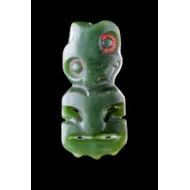
SOLD
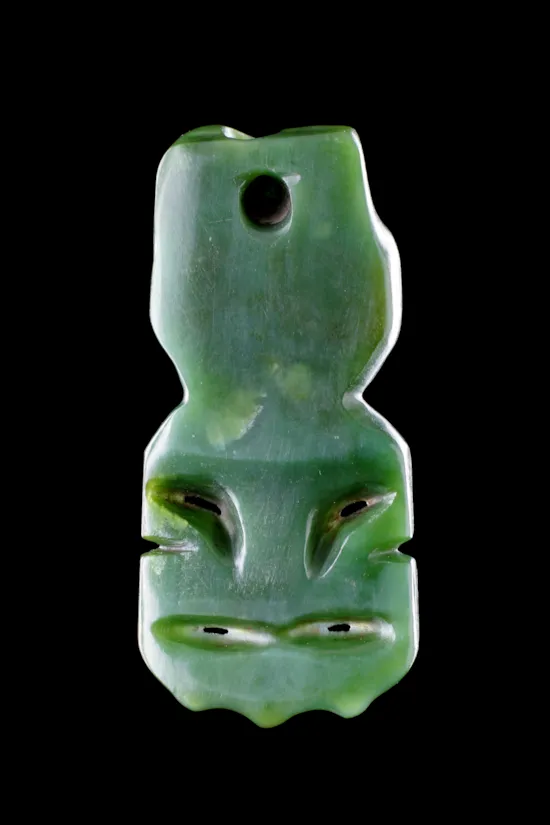
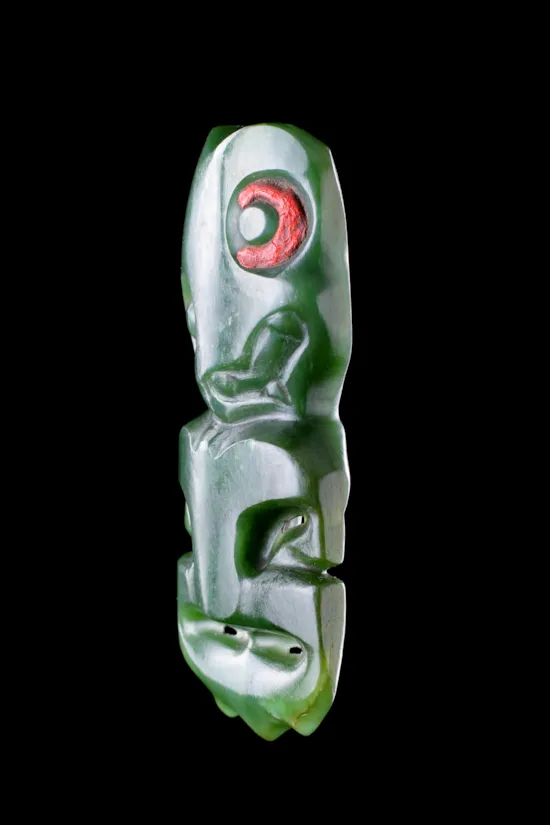
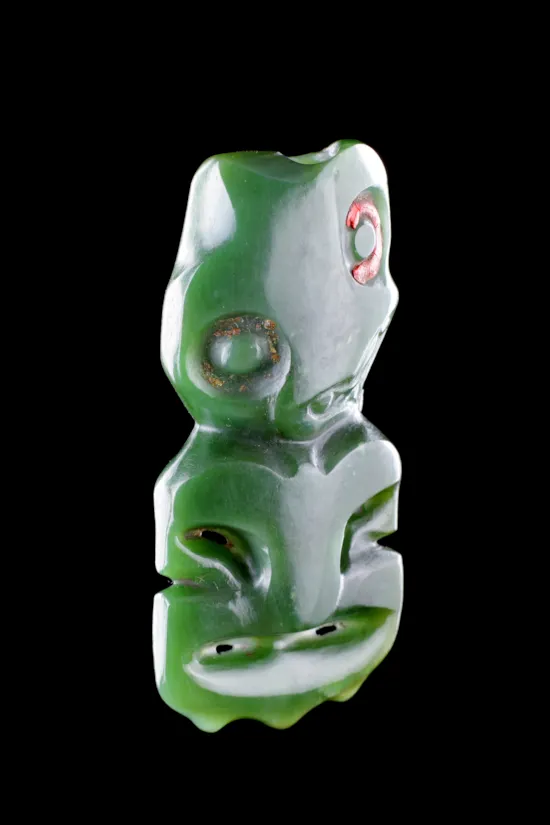
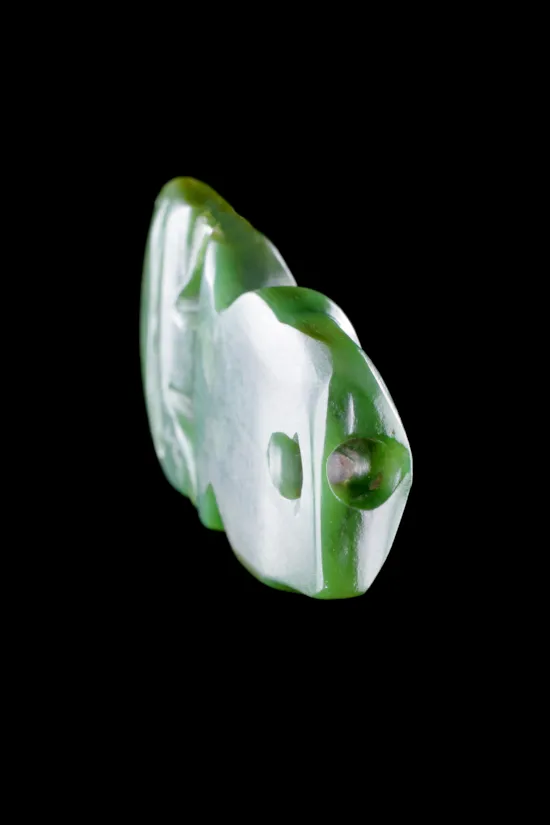

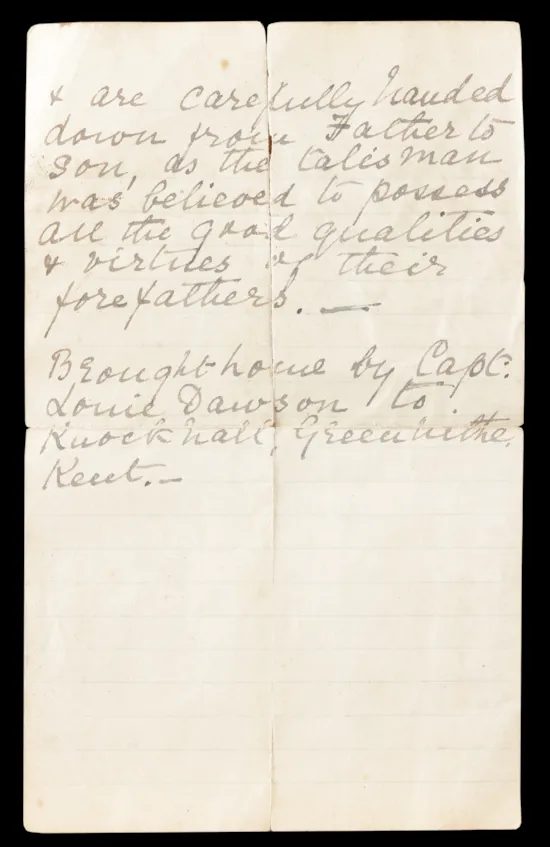
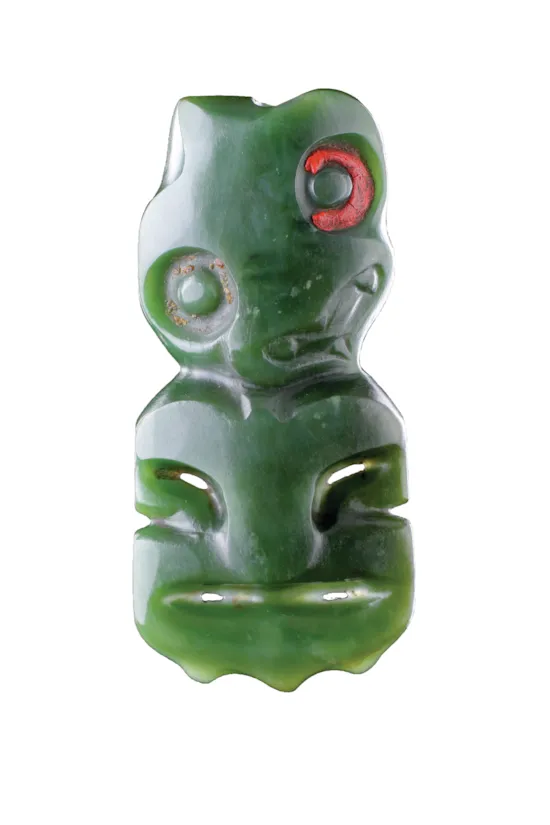
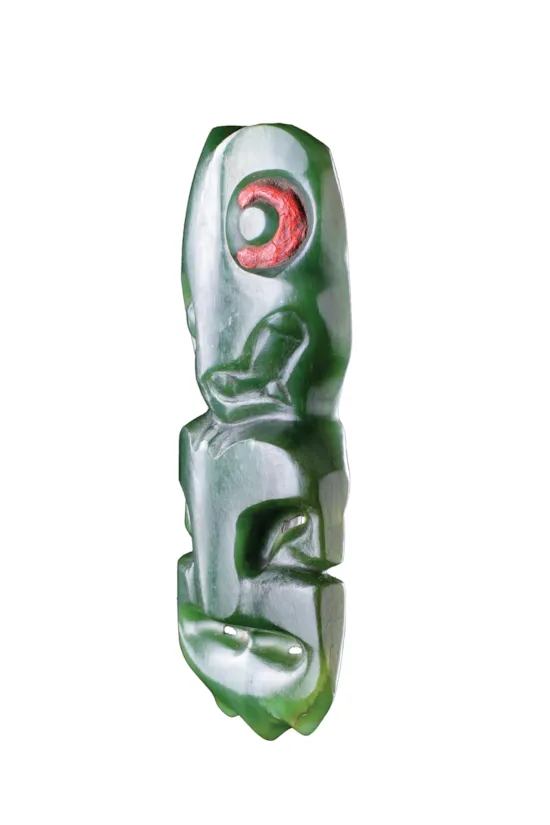








YOU MAY ALSO LIKE

